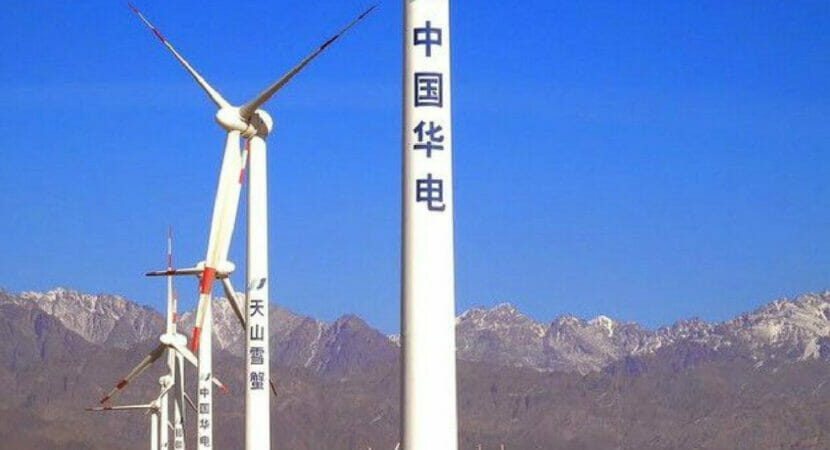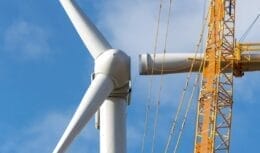
The promising innovation for the Wind Energy Industry is a change in the structure of turbines for sustainable energy generation from wind.
Rare earths (TRs), a group of 17 precious minerals, are becoming increasingly essential to modern technology and the energy transition. From cell phones and superconductors to wind turbines and eletric cars, these minerals play a vital role in the manufacture of high-tech products. However, mining and extracting TRs is challenging and often harmful to the environment, according to the Neofeed website.
By 2040, the global demand for TRs is expected to increase sixfold, according to a Harvard University study. These minerals are relatively abundant but are generally dispersed in low concentrations, making mining complex and expensive. Additionally, RT extraction is notorious for producing large amounts of toxic waste, which runs counter to sustainability goals.
GreenSpur: A sustainable alternative
British startup GreenSpur may have found a solution to reduce reliance on TRs in the wind energy turbine industry. Founded in 2014, the company has developed wind turbines that don't require rare minerals to run.
GreenSpur modified the design of the wind turbine power generator, replacing rare minerals with more common and easily extracted materials. Conventional power generation turbine design uses moving TR magnets around static copper wire coils to generate power. GreenSpur has adopted an “axial architecture” in which coils are stacked on top of each other. the magnets, allowing the use of less potent materials, such as ferrite, a derivative of iron found in nature, instead of TRs. The copper in the coils was also replaced with aluminum.
Promising benefits
This innovative approach to power generation not only reduces dependence on TRs, but also has the potential to make wind turbines lighter. A 15 megawatt generator developed by GreenSpur resulted in a 56% reduction in weight compared to traditional designs, without compromising efficiency.
While GreenSpur's technology has shown promise in early tests, it will take time to become applicable in Large scale. However, the global enthusiasm surrounding this discovery is justified, not only by the potential for a more sustainable future, but also by the economic benefits.
Growing demand for TRs
Global demand for TRs continues to grow, with China leading the way in production, holding around 44 million tonnes in reserves. Brazil ranks second, with half of that total. Increased demand is driving an increase in requests for TR mining surveys in Brazil, which have grown by 70% in two years.
The global market for TRs is projected to reach USD 5,5 billion over the next five years, with a compound annual growth of 10% between 2021 and 2028. This reflects the increase in the production of electric vehicles and wind farms, which require significant quantities of these minerals.
GreenSpur's innovation is an important step in the search for sustainable alternatives to rare minerals. As the demand for high-end technology and renewable energy continues to grow, solutions like this can play a vital role in protecting the environment and advancing the global economy.












I wrote: yddyot@ algorithm. K0mpwt@dor. No…
Stupid algorithm lol. com****dor Can't write...
And what would be the maximum age for…
Search for yasuna fly has the same…
Search for yasuna fly, it has the same…
I wanted to know more in depth about…
I found it so interesting that I saved it and…
It was the first time I'm reading it...